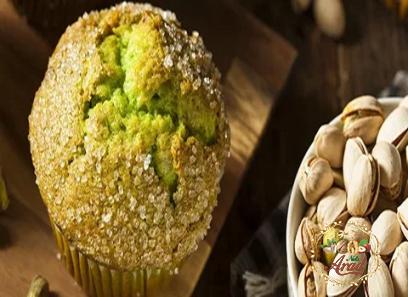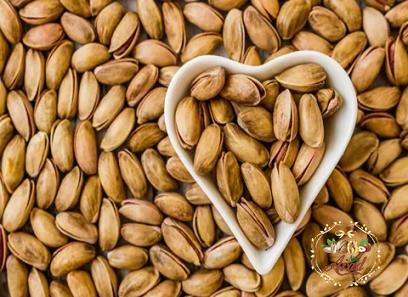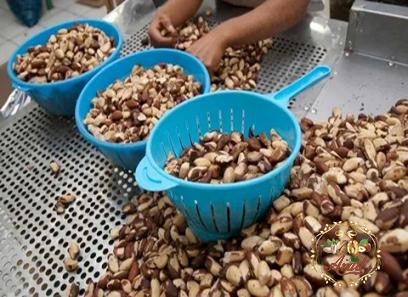Cashew nuts are a popular snack worldwide, known for their unique shape, creamy texture, and distinctive flavor. However, have you ever wondered where these delectable nuts come from? The origin of cashew nut lies in an interesting journey that takes us to different parts of the world. In this article, we will explore the buying origin, features, and how to make the origin of cashew nut.
Cashew nuts are native to Brazil, where they were initially discovered by Portuguese explorers. The name “cashew” is derived from the Portuguese word “caju,” which in turn originates from the Tupi-Guarani word “acajú.” The Portuguese explorers brought the cashew tree back to their colonies in India and East Africa in the 16th century, and the cultivation of cashews spread throughout these regions.
Today, the majority of cashew nuts are produced in tropical countries, with top producers including India, Vietnam, Nigeria, and Ivory Coast. When it comes to buying the origin of cashew nut, it is essential to consider these countries as they have rich cashew-growing traditions and expertise.
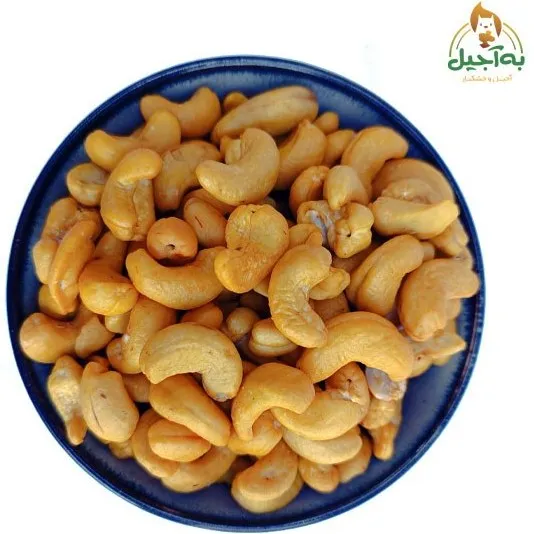
Features of the Origin of Cashew Nut
One of the key features to consider when buying the origin of cashew nut is the climate. Cashew trees thrive in warm and tropical conditions, making countries such as India and Vietnam ideal for their cultivation. The tree requires a temperature range of 20-32°C (68-90°F) and can withstand droughts, making it suitable for regions with limited rainfall.
Another essential aspect to consider is the soil quality. Cashew trees grow well in sandy or loamy soil with good drainage. They prefer slightly acidic (pH 5.5-6.5) to neutral soil conditions. Countries like India and Ivory Coast have favorable soil conditions for the growth of cashew trees, resulting in high-quality nuts.
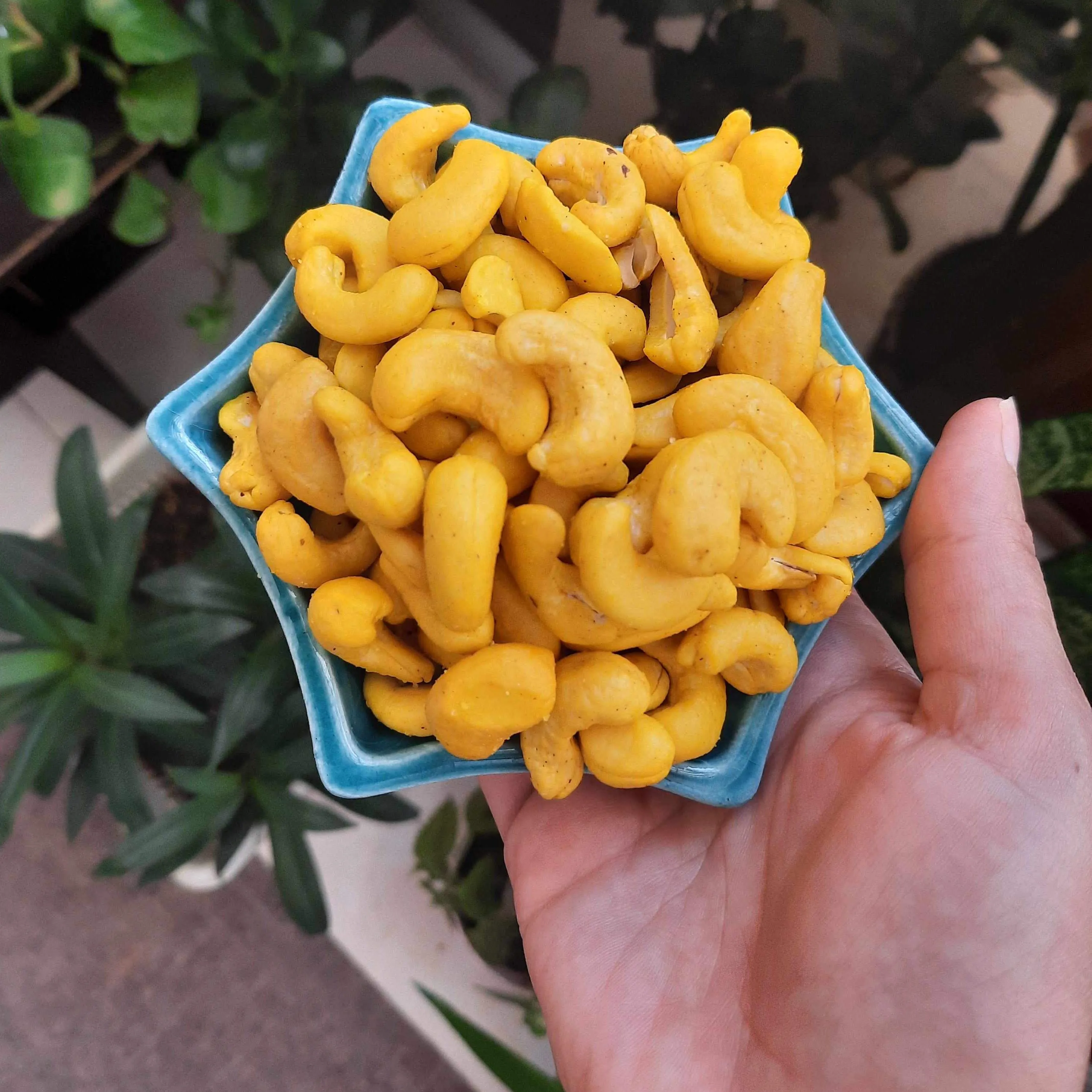
When it comes to harvesting cashew nuts, timing is crucial. Cashew trees typically flower between October and January, and the nuts are ready for harvest after 200-220 days. This period varies slightly depending on the specific variety and the climate of the region. It is important to consider the harvest timings to ensure that the origin of cashew nuts is fresh and of superior quality.
The Process of Making the Origin of Cashew Nut
The process of making the origin of cashew nut involves several steps, starting with the extraction of the nuts from the cashew apple. Cashew apples are the fleshy part that grows at the bottom of the cashew nut. These apples are not typically consumed as a fruit but are sometimes used to make juices, jellies, and preserves.
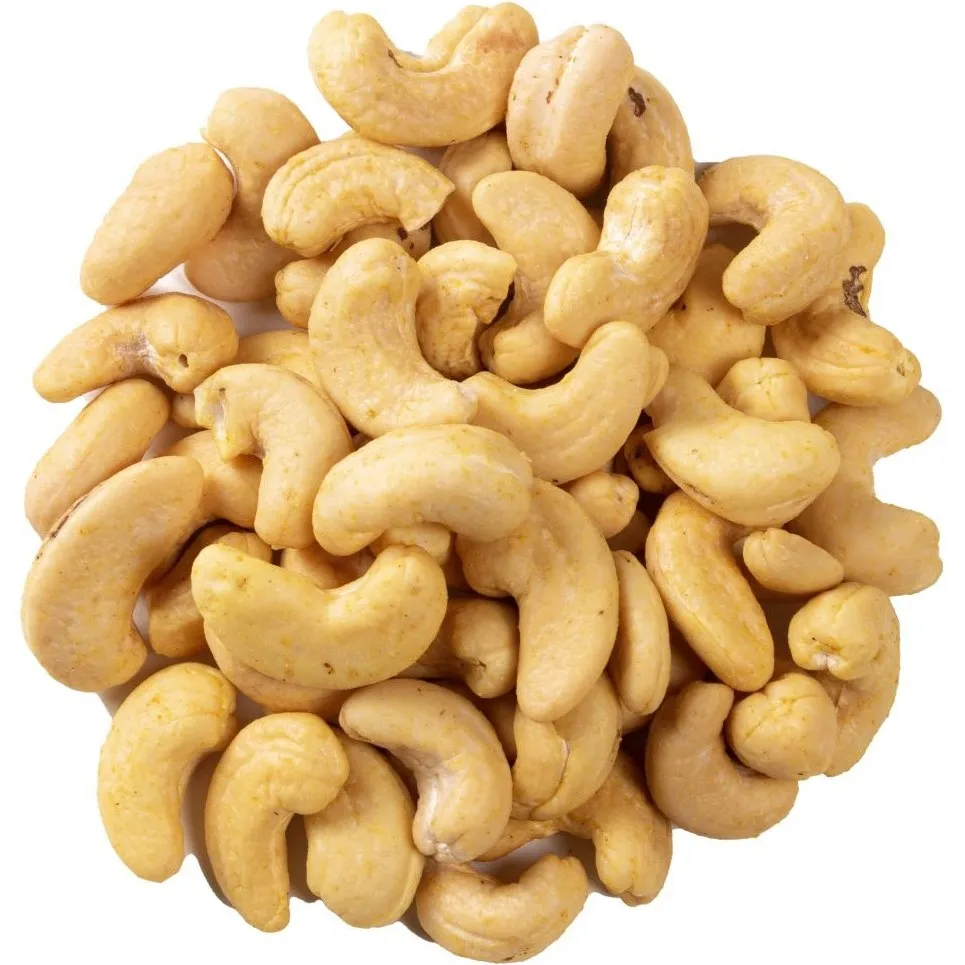
After the cashew apples are harvested, the nuts are carefully extracted. This process requires great skill as the nuts are protected by a toxic resin called “cashew balm” or “cashew nut shell oil.” This oil can cause severe skin irritation and needs to be properly handled to avoid any harm. Once the nuts are extracted, they are then sun-dried or roasted to remove any remaining toxic residue.
The next step is the shelling of the cashew nuts. The outer shell is quite hard, which makes it challenging to crack. Traditional methods involve using a sharp knife or hammer for shelling, but modern techniques involve the use of machines specifically designed for this purpose. Shelling machines are efficient and reduce the risk of injury for workers.
Once the nuts are shelled, they are sorted into different grades based on their size, shape, and visual defects. The sorting process ensures that only high-quality cashew nuts make it to the final packaging. These sorted cashew nuts are then vacuum-sealed or packaged in airtight containers to maintain their freshness and extend their shelf life.

Conclusion
The origin of cashew nut takes us on a journey from Brazil to various parts of the world, with countries like India and Vietnam playing significant roles in its cultivation and production. When buying the origin of cashew nut, it is important to consider the climate, soil quality, and harvest timings to ensure superior quality nuts. The process of making the origin of cashew nut involves careful extraction, shelling, sorting, and packaging to deliver the tasty and nutritious cashew nuts that we enjoy as snacks. So, the next time you savor a handful of cashew nuts, remember the fascinating origin behind these delicious treats.



